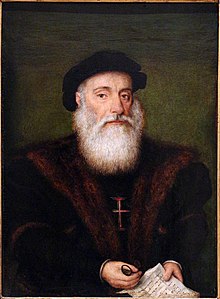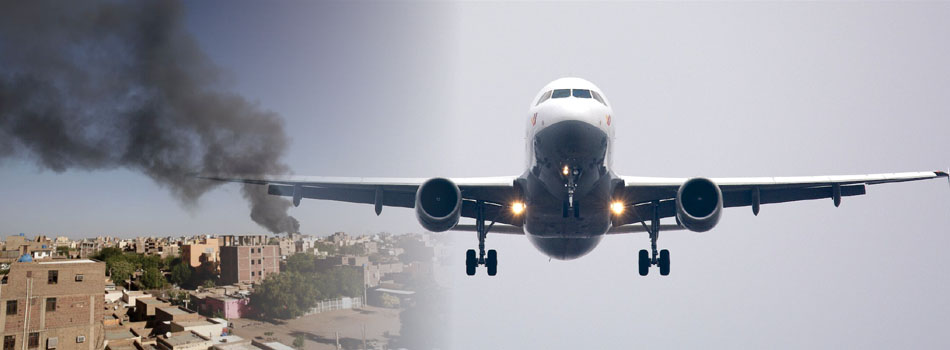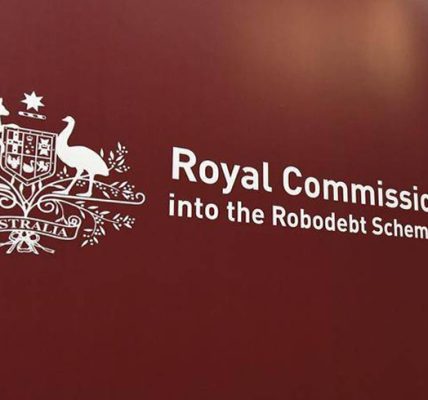Vasco da Gama was a Portuguese explorer who is best known for leading the first expedition that sailed directly from Europe to India by sea, opening an important commercial sea route that would greatly influence world trade for centuries to come. He was born in Sines, Portugal in 1469 and died in Cochin, India in 1524.
In 1497, Vasco da Gama was appointed by King Manuel I of Portugal to lead an expedition to find a sea route to India. He set sail from Lisbon with four ships and arrived in Calicut, India, in May 1498, having traveled around the southern tip of Africa, which was then known as the Cape of Good Hope.
Vasco da Gama’s journey was significant because it opened up a direct sea route from Europe to India, bypassing the overland trade routes that had been controlled by Arab and Venetian merchants. This allowed the Portuguese to establish a lucrative spice trade with India and to exert greater control over the Indian Ocean, which was a vital trade route between Europe and Asia.

Vasco da Gama went on to make two more voyages to India, and he was appointed as the Governor of Portuguese India in 1524, just before his death. He is remembered as one of the most important explorers of the Age of Discovery and is celebrated in Portugal as a national hero.
Vasco da Gama visited Asia as part of his mission to find a sea route to India, which was then a major center of the spice trade. At the time, the overland routes for transporting spices from India to Europe were controlled by Arab and Venetian merchants, who charged high prices for their goods. The Portuguese, led by King Manuel I, sought to find a direct sea route to India that would bypass these merchants and give them greater control over the spice trade.
In 1497, Vasco da Gama was appointed by King Manuel I to lead an expedition to find this sea route to India. He set sail from Lisbon with four ships, and after a long and difficult voyage, he reached Calicut, India, in May 1498. This journey was significant because it opened up a direct sea route from Europe to India, which allowed the Portuguese to establish a lucrative spice trade with India and to gain greater control over the Indian Ocean.
Vasco da Gama went on to make two more voyages to India, during which he established Portuguese trading posts and forts along the coast of India and in other parts of Asia. The Portuguese continued to trade with India and other Asian countries for centuries, and their influence in the region was significant.
One famous story associated with Vasco da Gama is his encounter with the ruler of Calicut, the Zamorin, during his first voyage to India in 1498. When Vasco da Gama arrived in Calicut, he was initially welcomed by the Zamorin and was able to establish a trading relationship with him. However, tensions soon arose between the Portuguese and the local merchants, and Vasco da Gama’s attempts to monopolize the spice trade led to conflict.
In August 1498, a group of Portuguese sailors were attacked by Muslim merchants in Calicut, and several of them were killed. In retaliation, Vasco da Gama attacked a fleet of Arab ships, killing hundreds of people. The Zamorin was outraged by these actions and ordered the Portuguese to leave Calicut.
Vasco da Gama refused to leave, and instead, he seized a number of Muslim and Hindu hostages, including women and children, and threatened to harm them unless the Zamorin agreed to trade with the Portuguese on their terms. The Zamorin eventually agreed to these terms, and Vasco da Gama was able to establish a Portuguese trading post in Calicut.
This incident is often cited as an example of the brutal tactics used by European powers in their quest for wealth and power in Asia, and it highlights the complex and often violent interactions between European traders and the people of India during the Age of Discovery.
Vasco da Gama spent his last days serving as the Governor of Portuguese India, a position he was appointed to in 1524. He was tasked with overseeing Portuguese interests in the region and defending Portuguese trading posts and colonies from attacks by rival European powers and local rulers.
During his tenure as Governor, Vasco da Gama faced numerous challenges, including conflicts with local rulers and military threats from the Ottoman Empire. In 1524, he led a military campaign against the port city of Dabhol, which had refused to pay tribute to the Portuguese. The campaign was successful, and the city was brought under Portuguese control.
Vasco da Gama’s health began to decline in 1524, and he died on December 24 of that year in Cochin, India, at the age of 55. The exact cause of his death is not known, but it is believed to have been related to illness, possibly malaria. He was buried in St. Francis Church in Cochin, but his remains were later exhumed and taken back to Portugal, where they were reinterred in the Jerónimos Monastery in Lisbon.
Vasco da Gama’s legacy as an explorer and navigator is significant, and his voyages to India and other parts of Asia opened up new trade routes and helped establish Portuguese dominance in the region. He is remembered as a national hero in Portugal, and his exploits continue to inspire adventurers and historians around the world.
By: WWK









